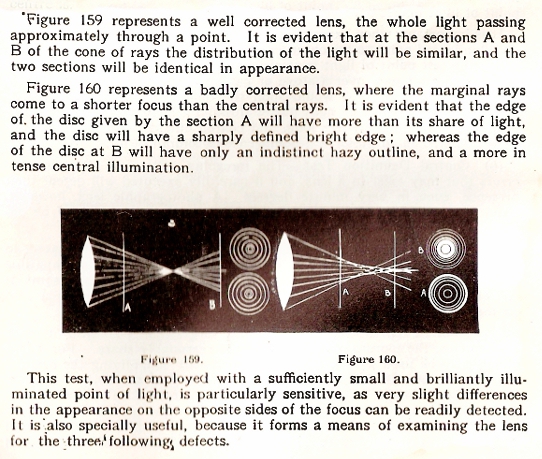This post has been expanded and updated with thanks following an FB comment from my friend Denys Finney of Adelaide
Bokeh is a current photo-buzz word that is little understood by most people who brandish it around. Good bokeh gives smooth out of focus highlights and bad bokeh gives sharp circles in the unfocused areas. Younger photographers from a digital background seem to think it means the simple fact that unfocused areas are out of focus, which if one comes from small sensor cameras with very short focal length lenses in totally understandable. Bokeh refers to the quality of the out of focus zones of the image. Technically bokeh is a function of the way spherical aberration is not corrected
(Copied from Denys’s FB comment) “It [bokeh] made its way into English-speaking world back in 1997 after Photo Techniques editor Mike Johnston (who now writes at The Online Photographer) included three articles on the topic for the March/April 1997 issue of the magazine.”
I am reminded of a conversation with Derek Cooper in Bath in England in about 1970/71 where he described the “drawing” of a lens. Drawing referred to everything, sharpness, flare, coma (affecting the edges of an image), contrast, spherical aberration (which determines the quality of bokeh), everything. At that time I was only concerned with sharpness. Soon after this I bought a Plaubel Makiflex with monorail front end and Derek introduced me to Cooke lenses and I still regret selling a 10.25″ Cooke Aviar in 1981 which I used with the Makiflex camera to produce this image. Like a Voigtlander, Cooke lenses produce images which are very sharp but with a creamy tonal smoothness without the biteyness of newer lenses from Schneider
Back to now, while getting ready for the new Naked Portrait work of 2013 I had a quick check on the Bokeh of the 24cm Heliar and compared it to my 240mm Apo-Ronar for 5×4″ work. The Heliar is a renowned lens that has a beautiful way of handling highlights, a creamy smoothness that is common to almost all Voigtlander lenses (real Voigtlander of Braunschweig, not the Japanese poorly manufactured stuff now using that name. Don’t argue, I have used and repaired, where possible, or abandoned several of these Cosina “Voigtlander” items)
In this case it is the simple Rodenstock Apo-Ronar process lens that wins in the Bokeh stakes, which surprised me a bit. I bought the Apo-Ronar cheaply soon after getting the Sinar camera and it is the lens I have returned to time and time again. It just gets on with the job and is light to carry around. Originally I only used it for reproduction of paintings, sculpture or craft for transparencies for publication
The best description of bokeh I found while looking for information on early lens designs in Photographic Lenses, Conrad Beck and Herbert Andrews, pub London circa 1905 I have had, used and sold a Rodenstock Imagon soft focus lens that had many good qualities, but was not suitable for any work I plan for the foreseeable future. I am not a camera collector
I have had, used and sold a Rodenstock Imagon soft focus lens that had many good qualities, but was not suitable for any work I plan for the foreseeable future. I am not a camera collector
